$59.97 Original price was: $59.97.$41.98Current price is: $41.98.
SKU: D2LSC 7007576788 Category: TREES
- Get Quality, Get More
- Sustainable materials, for a better tomorrow.
- 100% High-Quality Guarantee
- Peace of Mind with Every Purchase

American Sycamore
Platanus occidentalis
Other Names: American Planetree
Plant Details
USDA Plant Hardiness Zones: 4a-9b Find Your Zone
Height at Maturity: 70-90′
Width at Maturity: 70-90′
Shape: Upright, Broad, Rounded
Growth Rate: Fast, 3 to 6 feet per year
Leaf Size: Huge, 6 to 12″ across!
Foliage Color in Spring: Green
Foliage Color in Summer: Green
Foliage Color in Fall: Copper
Fruit: Fall, loved by birds
Light Needs: Full Sun to Partial Shade
Water Needs: Average
Soil Type: Clay, Loam, Sandy, Silt
Drainage: Moist But Well-Drained
Soil pH: 6.0 – 8.0
Maintenance: Low
Resistances: Deer, Drought (when established) Insect, Disease, Wet Soil, Pollution, Wind
Description
One of the fastest and largest growing of the North American native hardwood trees, the American Sycamore can add up to 6 feet in height per year topping out at upwards of 70 to 90 feet in height and spread. Though many trees that grow this fast are short lived and easily blown over by wind, the Sycamore is long-lived and stands up to strong winds in locations all over the country (Zones 4 to 9). Ornamentally, the Sycamore is a beauty sporting large and highly attractive lobed leaves up to 10 inches across that are rich green during the season turning a copper color in fall. Perhaps the most outstanding feature is the attractive brown bark that exfoliates to reveal creamy white inner bark which can be seen from quite a distance. Showy and fuzzy gumball sized fruits appear in fall containing seeds relished by gold finches, chickadees and other birds during winter.
Landscape & Garden Uses
Growing 70 to 90 feet tall and equally as wide, the American Sycamore is ideal for use as specimen shade tree. Keep in mind to leave ample room for for this large tree to grow. It can be planted near homes and other buildings however we suggest spacing it at a distance of at least 30 from the structure. A fine addition to bird and wildlife gardens and native plant gardens.
Growing Preferences
The American Sycamore is easy to grow in a wide range of moist to well-drained soils of average fertility. Established trees are both drought tolerant and will handle periodically wet soil. Can be grown in full to to part shade. Pruning is not necessary however lower branches can be removed to a desired height to expose more trunk and the attractive exfoliating bark.
Helpful Articles
Plant as you would a Maple tree…
How To Plant A Maple Tree
How To Fertilize, Water And Prune A Maple Tree
Plant Long & Prosper!
Meet The Wilson Brothers & Staff
Questions? Contact Us!
Be the first to review “American Sycamore Tree – 3 Pack Of 1.5 Quart Pots” Cancel reply
Related products
Sale!
Sale!
Sale!
Sale!
Sale!
Sale!
Sale!
Sale!

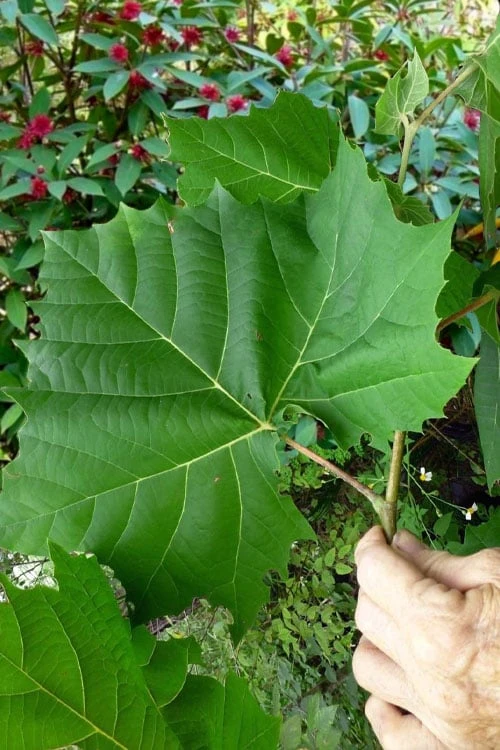
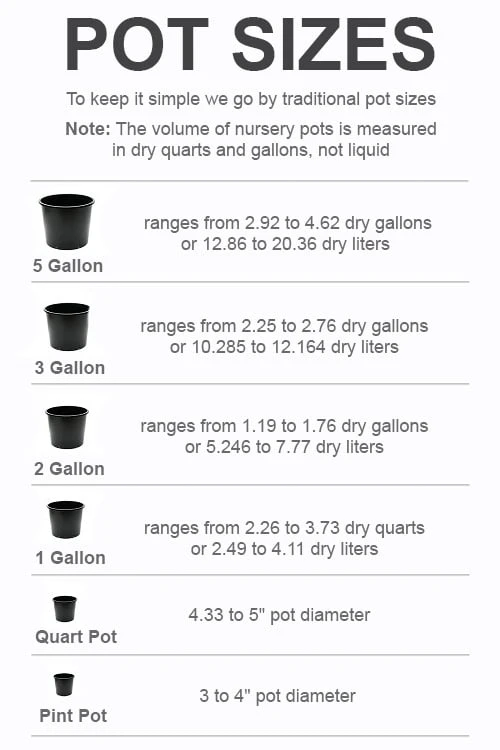
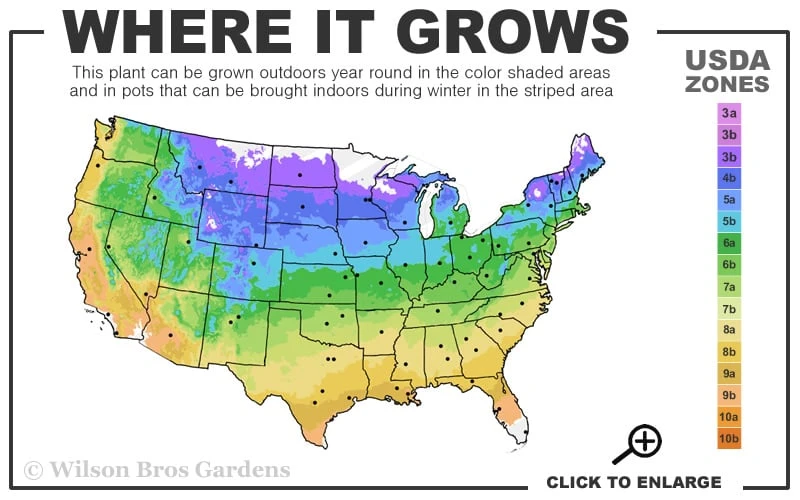
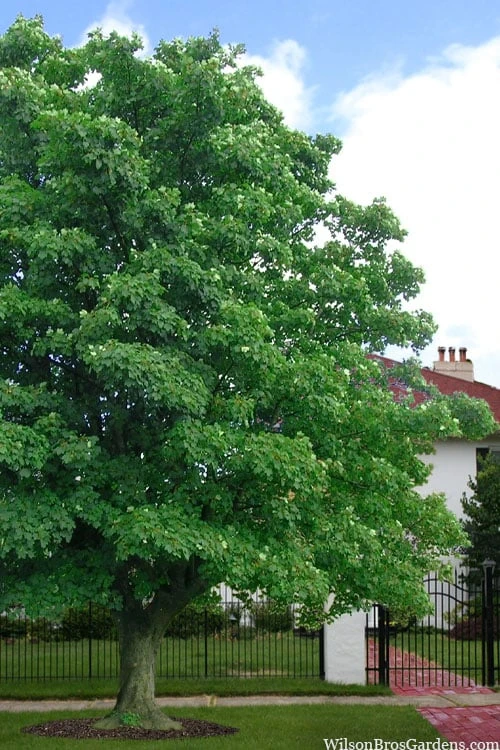
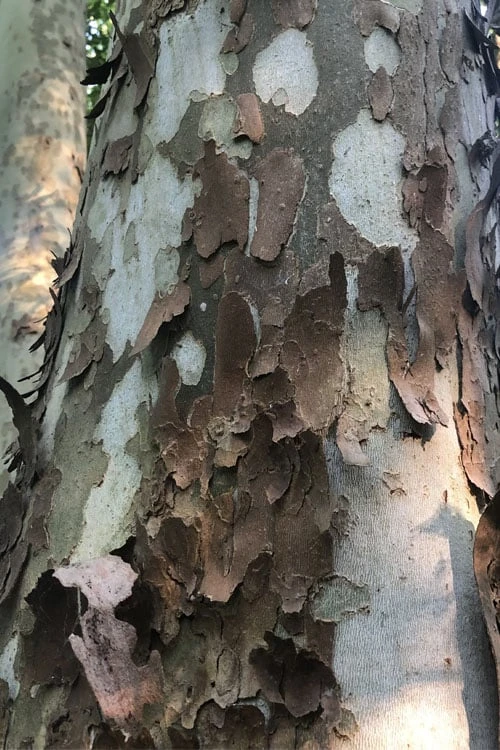


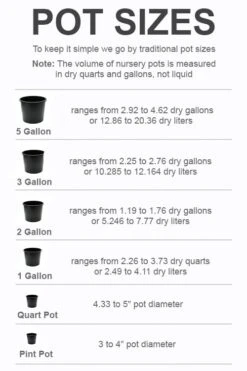



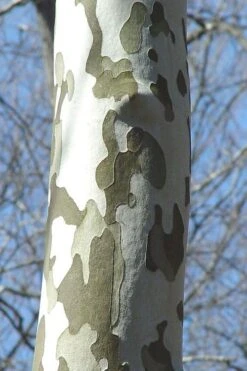








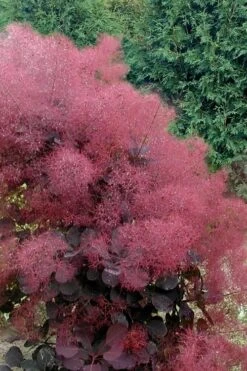

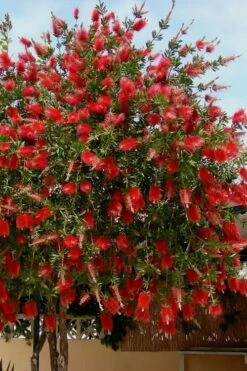

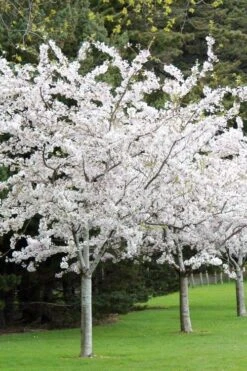



Reviews
There are no reviews yet.